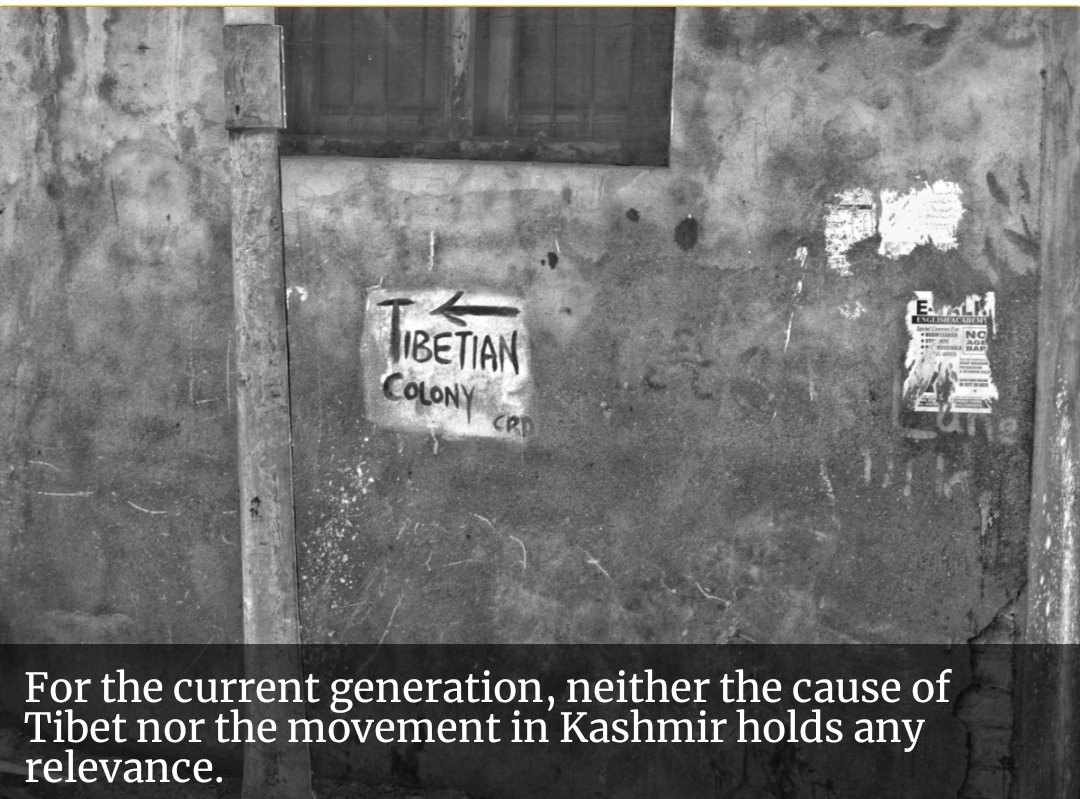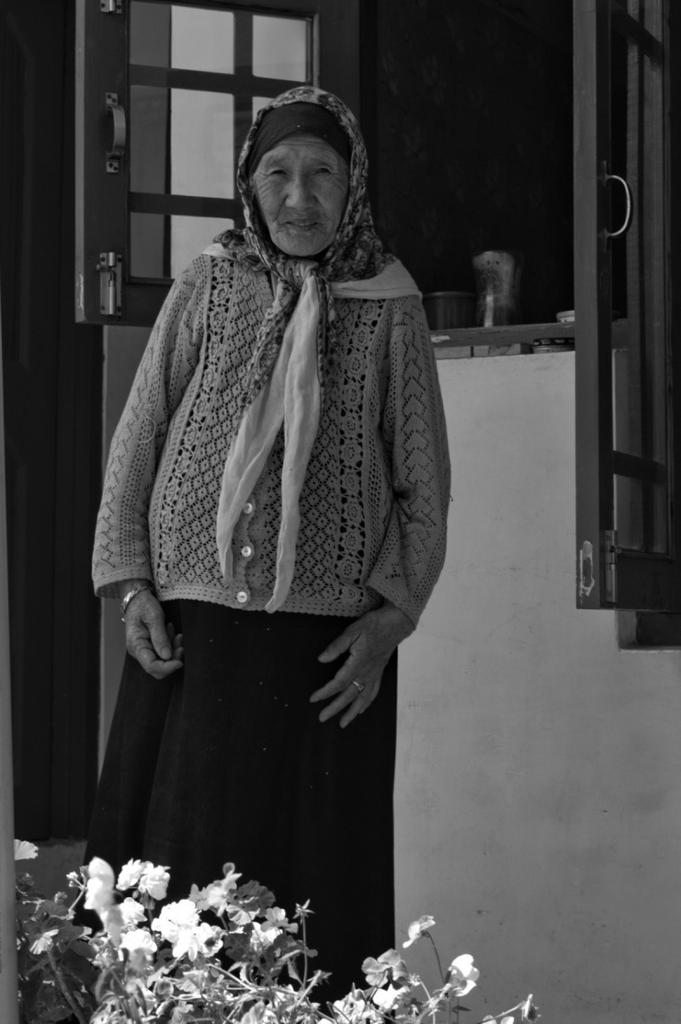Most of u trending #Laddakh or #IfChinaTakesKashmir don& #39;t know that there is an Tibetian Colony in Hawal Area of Srinagar where they have been living from decades. Read this thread about them
Once we enter the fortified locality of Hawal in Sringar, near the Hari Parbath, the scenery and landscape changes drastically. Women walking around clad in Chuba (traditional Tibetan attire), Tibetan restaurants churning out traditional delicacies and children coming out of 2n
schools, are some of the ubiquitous sights in this small hamlet in Srinagar which can be easily called ‘Mini Lhasa.’
Despite the moniker, the question is: Do the people of this hamlet actually identify as Tibetan?
This small group of people, the Tibetan Muslims in Kashmir, 3n
Despite the moniker, the question is: Do the people of this hamlet actually identify as Tibetan?
This small group of people, the Tibetan Muslims in Kashmir, 3n
the Tibetan Muslims in Kashmir, have been living in Hawal and Eidgah area of Srinagar and battling with the nuances, ambiguities, and inevitable ‘othering’ tags of dissimilar identities for quite long.
The Kashmiris consider this community as Tibetans.
However, before 1959 4n
The Kashmiris consider this community as Tibetans.
However, before 1959 4n
when they were living in Lhasa, they were considered Muslim foreigners.
On the other hand, the community itself emphatically believes themselves to be Kashmiri and consider the place as their motherland.
In Tibet, they were called “Khache”, meaning Kashmiris, a term later 5n
On the other hand, the community itself emphatically believes themselves to be Kashmiri and consider the place as their motherland.
In Tibet, they were called “Khache”, meaning Kashmiris, a term later 5n
used for all the Muslims in that area.
In this conflicting identity battle, a couplet by Ghalib comes to mind and seems fitting for a community, which despite proclaiming an undying allegiance to the land they are living in (or have lived in), is still considered foreign. 6n
In this conflicting identity battle, a couplet by Ghalib comes to mind and seems fitting for a community, which despite proclaiming an undying allegiance to the land they are living in (or have lived in), is still considered foreign. 6n
“Maiñ bhī muñh meñ zabān rakhtā huuñ kaash pūchho ki mudda.ā kyā hai (I too have a voice, only if you’d ask what’s the matter.)
The relationship between Kashmir and Lhasa goes back to the 13th century, when traders from Kashmir visited and worked in Tibet.
The 5th Dalai Lama 7n
The relationship between Kashmir and Lhasa goes back to the 13th century, when traders from Kashmir visited and worked in Tibet.
The 5th Dalai Lama 7n
gave Muslims from Kashmir, Ladakh, Nepal, Central Asia, the permit and land to settle in Lhasa.
This group was always considered outsiders in Tibet, to the extent that when the 1962 Sino-Tibet conflict started, they were given white flags to reinforce their foreigner status.
8n
This group was always considered outsiders in Tibet, to the extent that when the 1962 Sino-Tibet conflict started, they were given white flags to reinforce their foreigner status.
8n
About 350 families residing in Hawal now trace their ancestry to Kashmir.
However, in 1959, at the time of the Tibetan Uprising, many Tibetean Muslims fled to safety.9n
However, in 1959, at the time of the Tibetan Uprising, many Tibetean Muslims fled to safety.9n
Koul Sahib was the India liaison officer back then. He warned us to go anywhere in India but not Kashmir. Maybe because he was well aware of the geopolitical conditions of the place and anticipated the troubled future. But who could have convinced our grandfathers, who finally10n
got a chance to settle back in their homeland. Religion was another reason that they decided to settle in Kashmir.
Masood Butt, supervisor at a local Tibetan school.
Masood Butt, supervisor at a local Tibetan school.
The political baggage of the past is not shared among the younger generation. The only purpose of their life is to survive and live comfortably in Kashmir and to make a prosperous future for themselves.
Even though, most of the families have integrated well into Kashmiri
Even though, most of the families have integrated well into Kashmiri
culture, they have tried their best to retain and preserve their own culture.
Ayesha Jan says, “We start our Eid with a bowl of Thukpa, and our lunch spread is more Tibetan and less Kashmiri.” Most of the houses are adorned with Tibetan carpets, utensils, etc.
Ayesha Jan says, “We start our Eid with a bowl of Thukpa, and our lunch spread is more Tibetan and less Kashmiri.” Most of the houses are adorned with Tibetan carpets, utensils, etc.
Even the momo walas at EIDGAH
Which we love are part of them https://abs.twimg.com/emoji/v2/... draggable="false" alt="❤️" title="Red heart" aria-label="Emoji: Red heart">
https://abs.twimg.com/emoji/v2/... draggable="false" alt="❤️" title="Red heart" aria-label="Emoji: Red heart"> https://abs.twimg.com/emoji/v2/... draggable="false" alt="❤️" title="Red heart" aria-label="Emoji: Red heart">
https://abs.twimg.com/emoji/v2/... draggable="false" alt="❤️" title="Red heart" aria-label="Emoji: Red heart">
Which we love are part of them

 Read on Twitter
Read on Twitter



